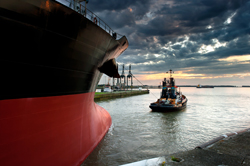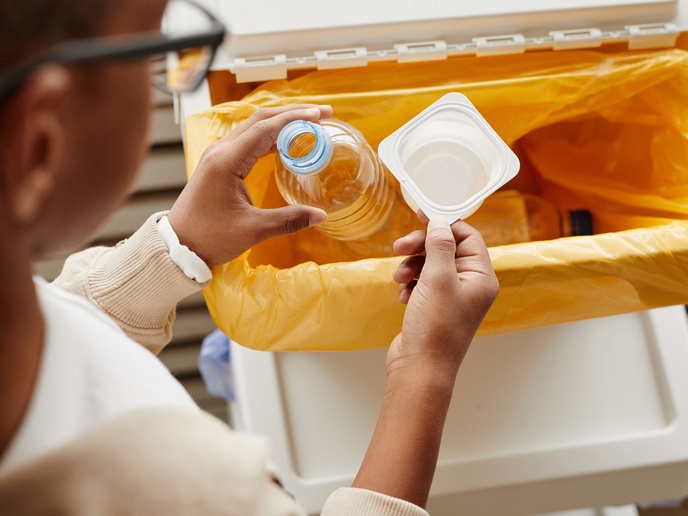Ports, a bellwether for Europe's oceans
Ports are strongly affected by ocean conditions and nearby pollution events, such as oil spills. This calls for better information-gathering, monitoring and oversight of Europe's port environments. A European project, called 'Port environmental information collector' (PEARL), has developed a platform which pieces together the relevant geo-information - mainly meteorological, water quality, oceanographic and pollution related - for ease of use. Their port management system harnesses data coming in from remote-sensing stations but also space-based observations. Earth observation (EO) is traditionally underused by port authorities, according to the PEARL partners. However, European projects, such as the 'Marine environment and security for the European area' (Mersea), have shown the value to ports of innovative oceanographic products exploiting space data. The consortium partners first had to establish the scope of the task ahead. They surveyed a number of Europe's ports and discovered, among other things, that most are located along rivers or estuaries and general cargo is the most popular commodity handled. The majority of ports handle less than 250\;000 TEUs (20-foot equivalent) annually, and turnover varies, with an average of EUR 68 million annually. According to the ports, turbidity (and sediment processes), meteorological data (particularly wind), water quality, currents, oil spills and air quality are key environmental management concerns for ports. To cover this diversity, the PEARL consortium, which ended December 2008, knew their platform would have to be versatile and scalable to allow for smaller ports to benefit from the system as well as the larger ones. PEARL achieved what it set out to by creating a user-friendly management system to help with daily port operations and environmental management. The system was tested at ports in Barcelona (Spain), Tallinn (Estonia) and Southampton (UK). The users confirmed that satellite information was a valuable addition to the information suite. Some challenges still remain, however, and will need further investigation, according to project partners. One is how to optimise the use of EO data and offset potential high set-up costs for monitoring systems with this degree of sophistication. Greater cooperation and information exchange among national, EU and international maritime agencies and authorities is worth investigating, the researchers suggest, for example to streamline the logistics chain and improve sustainable management.







